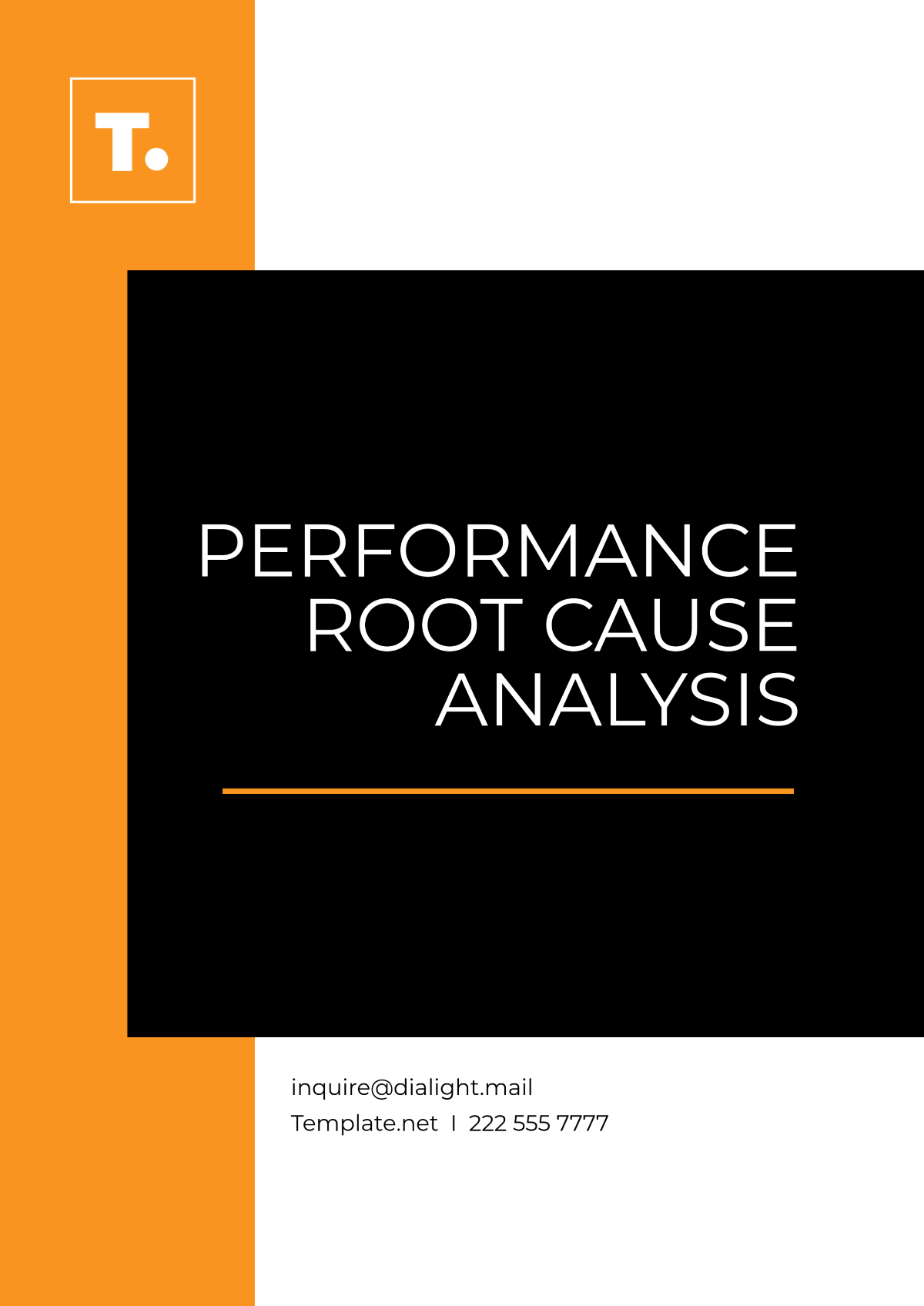Technical Root Cause Analysis
Prepared by: | [YOUR COMPANY NAME] |
Department: | [YOUR DEPARTMENT] |
Company: | [YOUR COMPANY NAME] |
I. Executive Summary
This comprehensive report meticulously analyzes recent technical failures, aiming to unearth their root causes and propose robust preventative measures. By delving deep into these incidents, we can fortify our systems, ensuring resilience and reliability well into the future.
II. Incident Overview
A. Incident Description
On May 17, 2055, at 10:23 AM, our systems encountered a critical failure characterized by sudden system-wide outages and unresponsive user interfaces. This disruption to normal operations necessitated swift investigation and remediation efforts to minimize the impact on business continuity.
B. Systems Affected
Table 1: System Affected
System | Description | Role in Operations |
|---|---|---|
System 1 | Central database management | Stores critical data |
System 2 | Network Infrastructure | Facilitates data transfer |
System 3 | Application layer | Interfaces with users |
III. Root Cause Analysis
A. Methodology
Our investigation employed a multi-faceted approach, including a thorough examination of system logs, interviews with relevant personnel, and analysis of system architecture.
B. Findings
Table 2: Root Cause
Cause | Explanation |
|---|---|
Cause 1 | Misconfigured firewall settings led to data loss |
Cause 2 | Outdated software version vulnerable to exploits |
Cause 3 | Overloaded server resulting in performance issues |
IV. Impact Assessment
The incident precipitated substantial short-term disruptions, impairing operations and undermining customer confidence. Over the long term, lingering data integrity concerns could undermine the credibility of our business.
V. Recommendations
A. Immediate Actions
Table 3: Immediate Remediation Steps
Action | Description |
|---|---|
Action 1 | Update firewall configurations to prevent data loss |
Action 2 | Apply security patches to mitigate vulnerabilities |
Further steps to prevent the immediate reoccurrence of the incident: Implement stringent access controls to prevent unauthorized changes to critical settings.
B. Long-Term Improvements
TABLE 4: Long-Term Improvement Strategy
Improvement | Strategy |
|---|---|
Improvement 1 | Implement regular software updates and maintenance |
Improvement 2 | Upgrade hardware to handle increased workload |
VI. Conclusion
By addressing the identified root causes and implementing the recommended actions, we can significantly enhance the resilience of our systems, safeguarding against future disruptions and bolstering stakeholder confidence.

















































